Many people like Japanese food not only for its taste but also for the creative manner it strikes simplicity against sophistication. Every meal, from a glass of miso soup to a carefully crafted kaiseki meal, tells a story anchored in cultural accuracy, awareness, and seasonal appreciation. This synergy between the modest and the sophisticated shows even in combinations like sushi with sake or when consumers purchase spirits online to enjoy with Japanese cuisine at home. The beauty resides in little intervention, highlighting freshness, harmony, and aesthetics. On the international gastronomic scene, Japanese cuisine distinguishes itself by this delicate interaction.
Seasonal Ingredients and the Concept of Shun
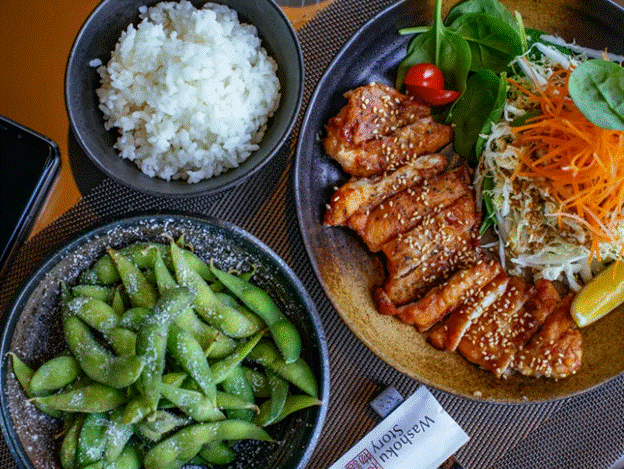
The core of Japanese cooking philosophy is the idea of shun, that is, appreciating foods at their most seasonal freshness. Japanese cuisine accentuates the inherent taste of every ingredient instead of depending on complicated sauces or strong spices. A slice of sashimi, for instance, usually goes with just soy sauce and wasabi. The modest elegance of the food is defined by this constraint; the quality of the fish is supposed to speak for itself. Rotation of seasonal vegetables, fish, and even fruits guarantees that every meal stays anchored in the time of nature. Taste and philosophy both revolve on this close interaction with the surroundings.
Cooking Techniques That Enhance
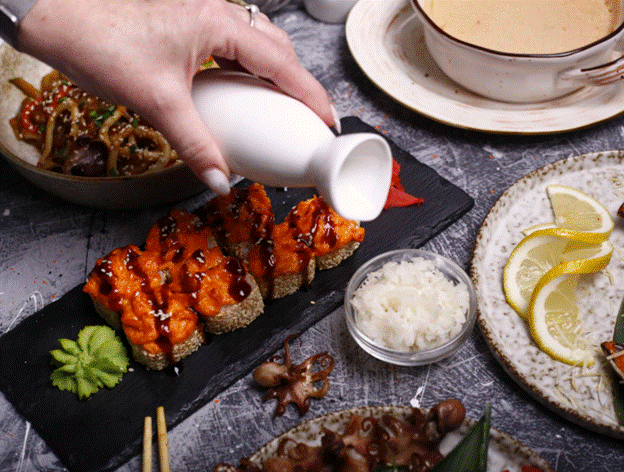
Cooking techniques also reflect this simplicity emphasis. Preferred over deep fried or baked with thick batters are steaming, grilling, and simmering. Cooking methods can improve texture and taste without overwhelming the ingredient; dishes like nimono (simmered vegetables or proteins) and chawanmushi (a savoury steamed egg custard) show how. Though cooked, tempura is light and crispy, meant to showcase the sweetness of vegetables or the delicacy of fish. The secret is moderation, knowing when to quit, and letting foods highlight themselves. Japanese cooks highlight these mild methods to accentuate the essence and taste of every ingredient.
Plating as a Visual Art Form

The refinement of Japanese cuisine is much enhanced by presentation and plating as well. A pickled plum in the middle will make a basic serving of rice aesthetically striking. With consideration for colour, shape, and season, meals are presented on well-chosen dishware that accentuates the cuisine. Wabi-sabi, the respect of beauty in imperfection and simplicity, profoundly affects this aesthetic practice. Everything on the plate is part of a greater visual and emotional story; none is placed there without purpose. This focus on artistry changes dining into a multi-sensory experience.
Balanced Meal Structure and Nutritional Harmony
Often comprising one soup and three sides (ichiju-sansai), the form of a typical Japanese meal stresses nutritional balance and variety without overindulgence. Every dish serves a different function: fermented foods for digestion, a vegetable side for freshness, and a protein source. Together, they represent harmony and deliberate design, therefore producing a light and fulfilling whole experience. This harmony helps not just physical fitness but also produces a soothing mental rhythm throughout eating. It shows a way of life based on respect of the food one is eating, awareness, and moderation.
Elegant Beverages to Complement Delicate Flavors

The grace of Japanese food also permeates its beverages. Particularly, matcha tea is made and presented at tea ceremonies with ceremonial grace. Likewise, sake is appreciated as a cultural expression that complements the tastes of the cuisine as much as an alcoholic beverage. When consumers purchase spirits online to go with a Japanese dinner, they generally search for balance, selecting beverages that improve rather than overwhelm the eating experience. A harmonic mix results from the appropriate pairing, amplifying subdued notes in the drink and the meal. This careful approach to matching improves the whole sensory experience by stressing refinement.
Japan offers a rich variety of spirits, each reflecting its unique cultural heritage and meticulous craftsmanship. Among the most well-known are sake (a fermented rice wine), shochu (a distilled spirit often made from barley, sweet potatoes, or rice), and umeshu (a sweet plum liqueur). In recent years, Japanese whisky has gained international acclaim for its smooth character and depth, rivaling some of the finest Scotch whiskies.
It’s a great approach to achieve your favorite drinks by opting to buy spirits online, but you have to make sure you are responsible for it.Whether you’re a connoisseur or curious to explore, authentic Japanese spirits are now accessible online. You can browse and purchase a wide selection directly from the site. One trusted source to buy spirits in Japan is Rakuten, which offers a diverse and reputable selection.
Dining as a Mindful Experience
Beyond the cuisine itself, the eating surroundings help to preserve the careful equilibrium between simplicity and sophistication. Even casual ones, Japanese restaurants are usually calm and organised, which encourages awareness throughout dining. Diners show respect for the food by eating carefully, enjoying presentation, and noting the source, often by the word itadakimasu. This helps the diner to develop a close relationship with the food, therefore turning meals into times of contemplation.
The simplicity of Japanese food is never simple at all. Let each component—be it taste, colour, or texture—shine with clarity on purposeful choosing. If done well, to buy spirits online may ultimately be a safe and fun experience. And the grace comes from purpose, balance, seasonal respect rather than from luxury. Combined, they produce a gastronomic language that seems both very personal and generally appreciated. For individuals discovering this cuisine from home, online purchase of spirits gives a degree of convenience to emulate real-life events. Japanese cuisine teaches that, when handled with care and respect, the most basic, most minimal expressions may produce beauty and sophistication.
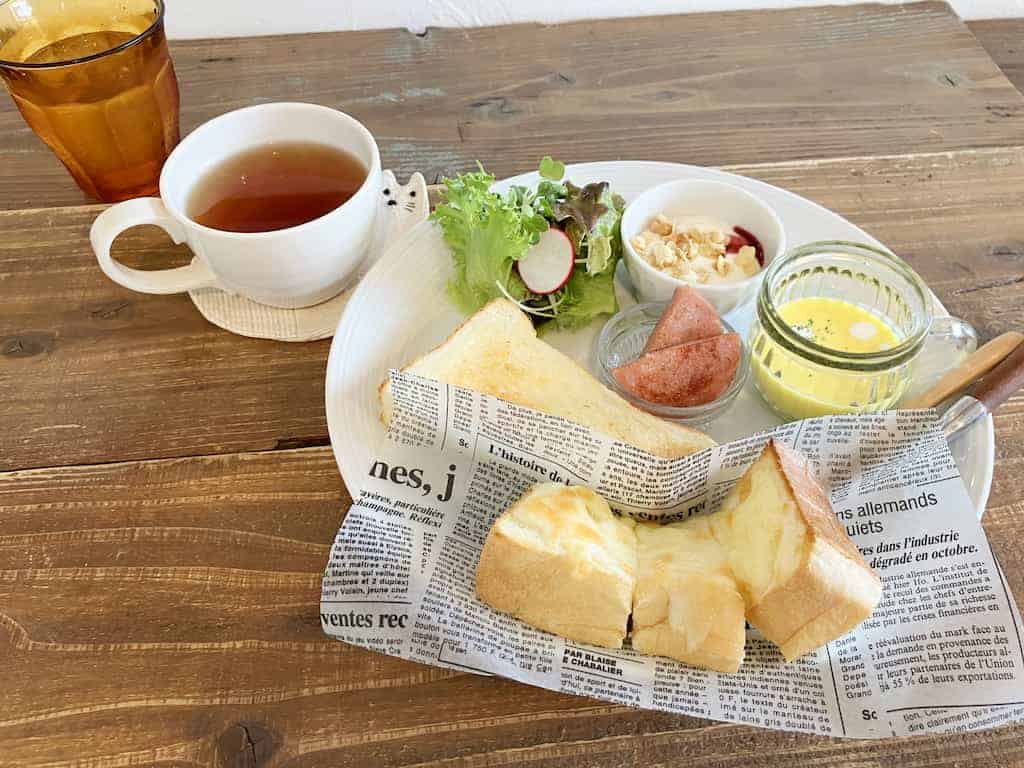
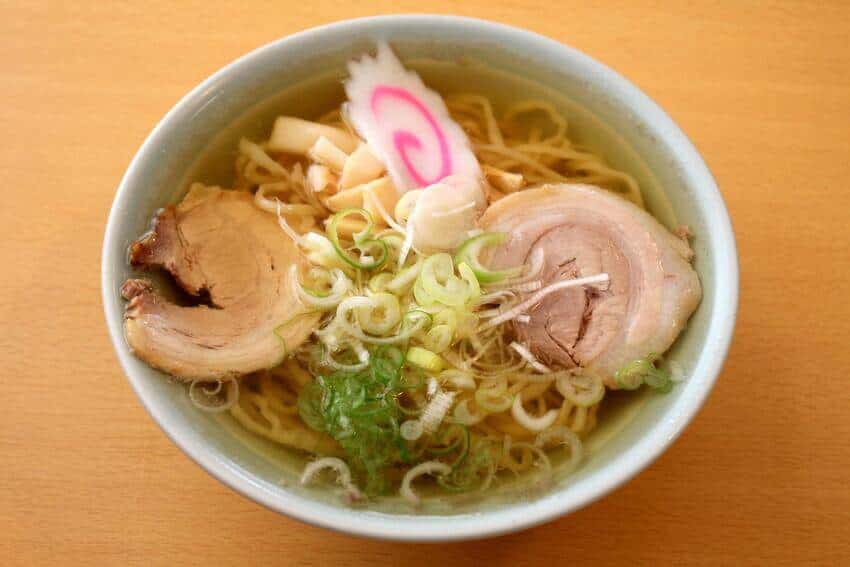
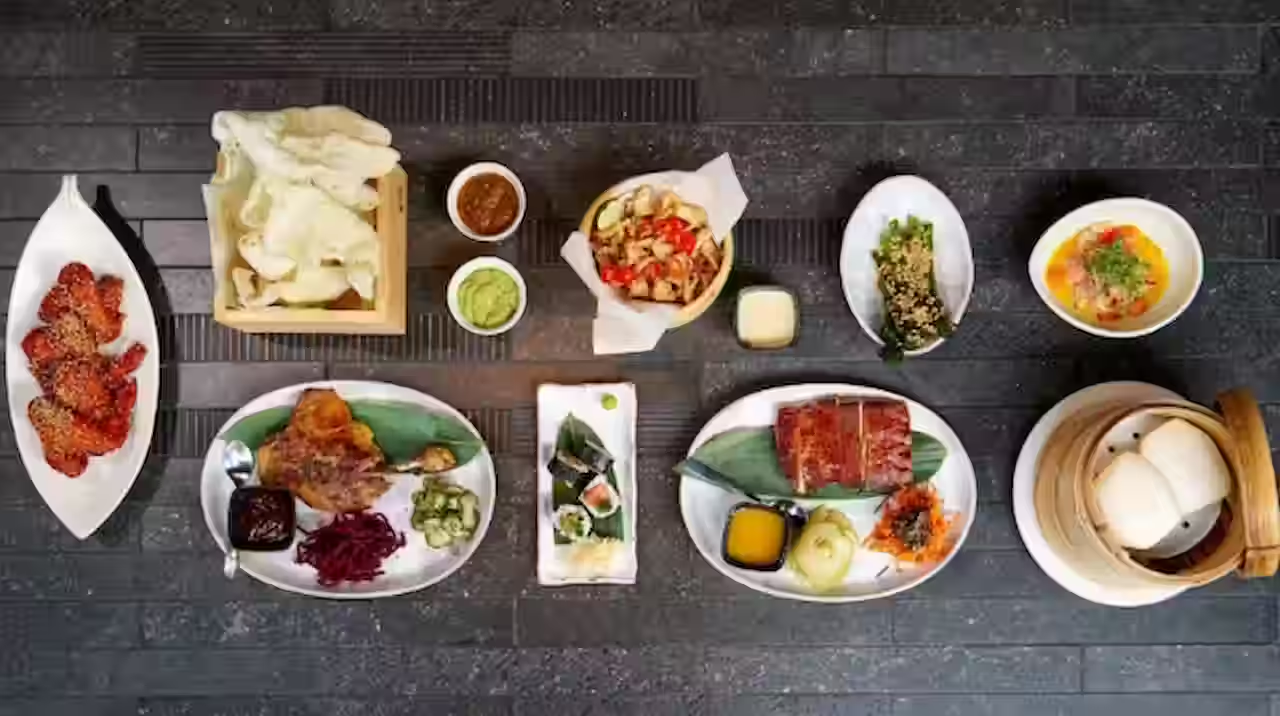

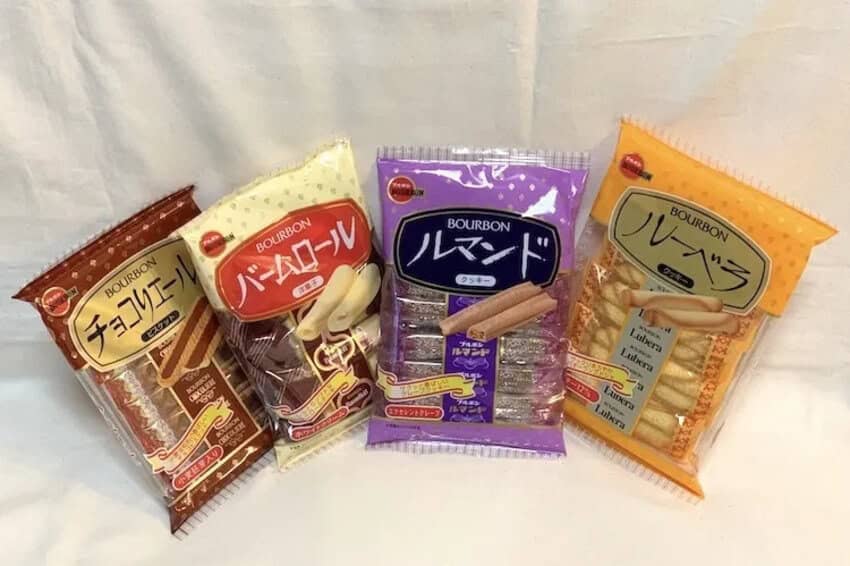

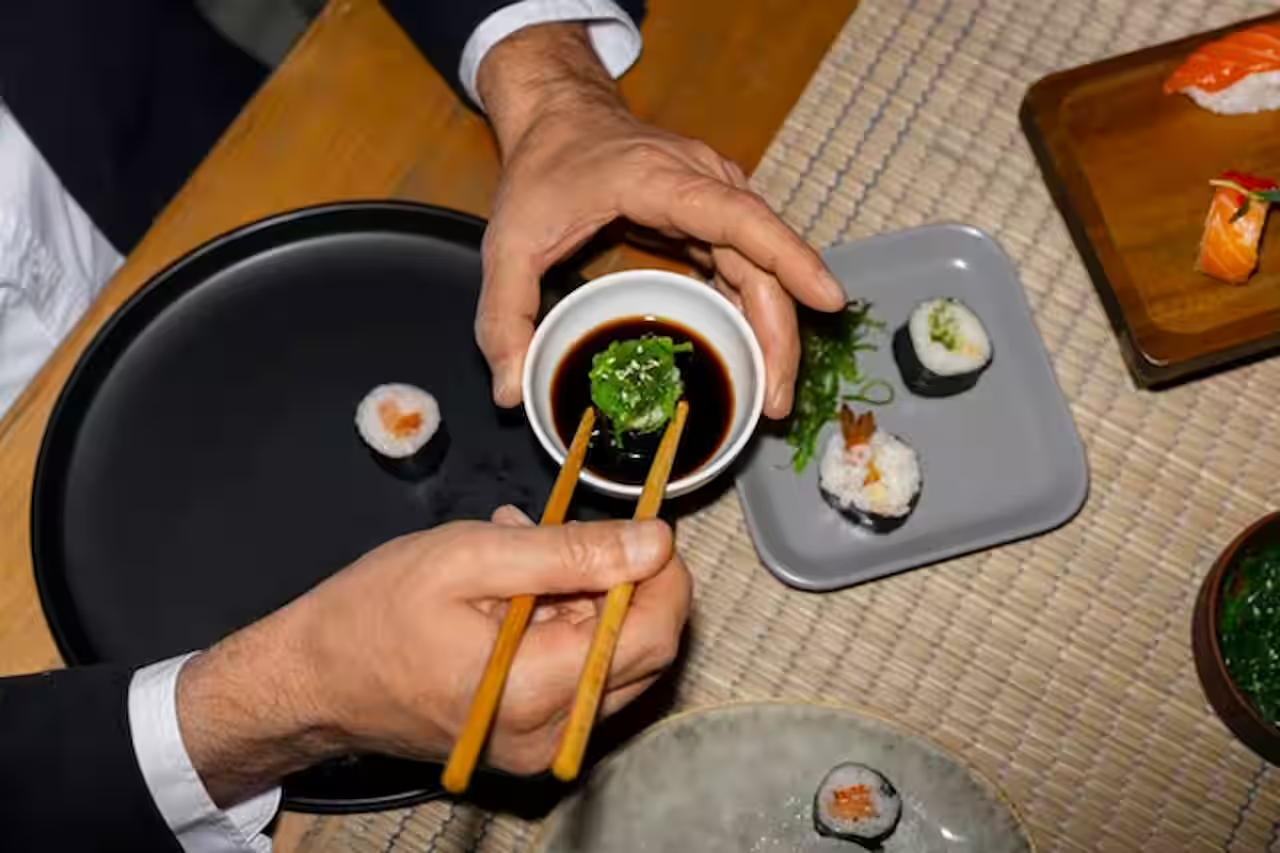
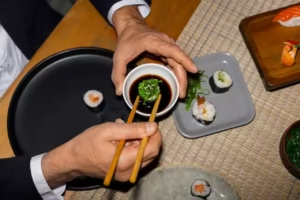



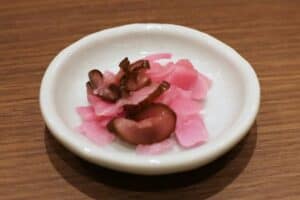
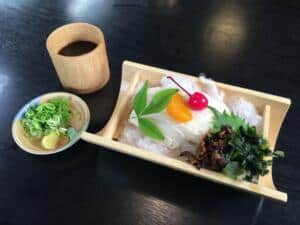
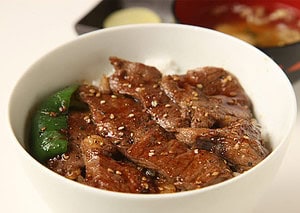
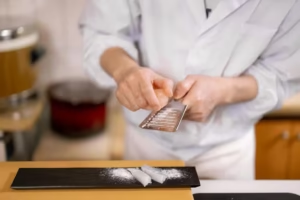
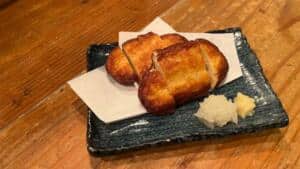
Comments